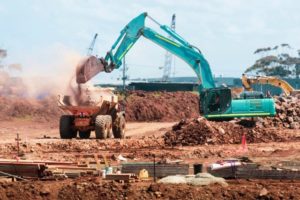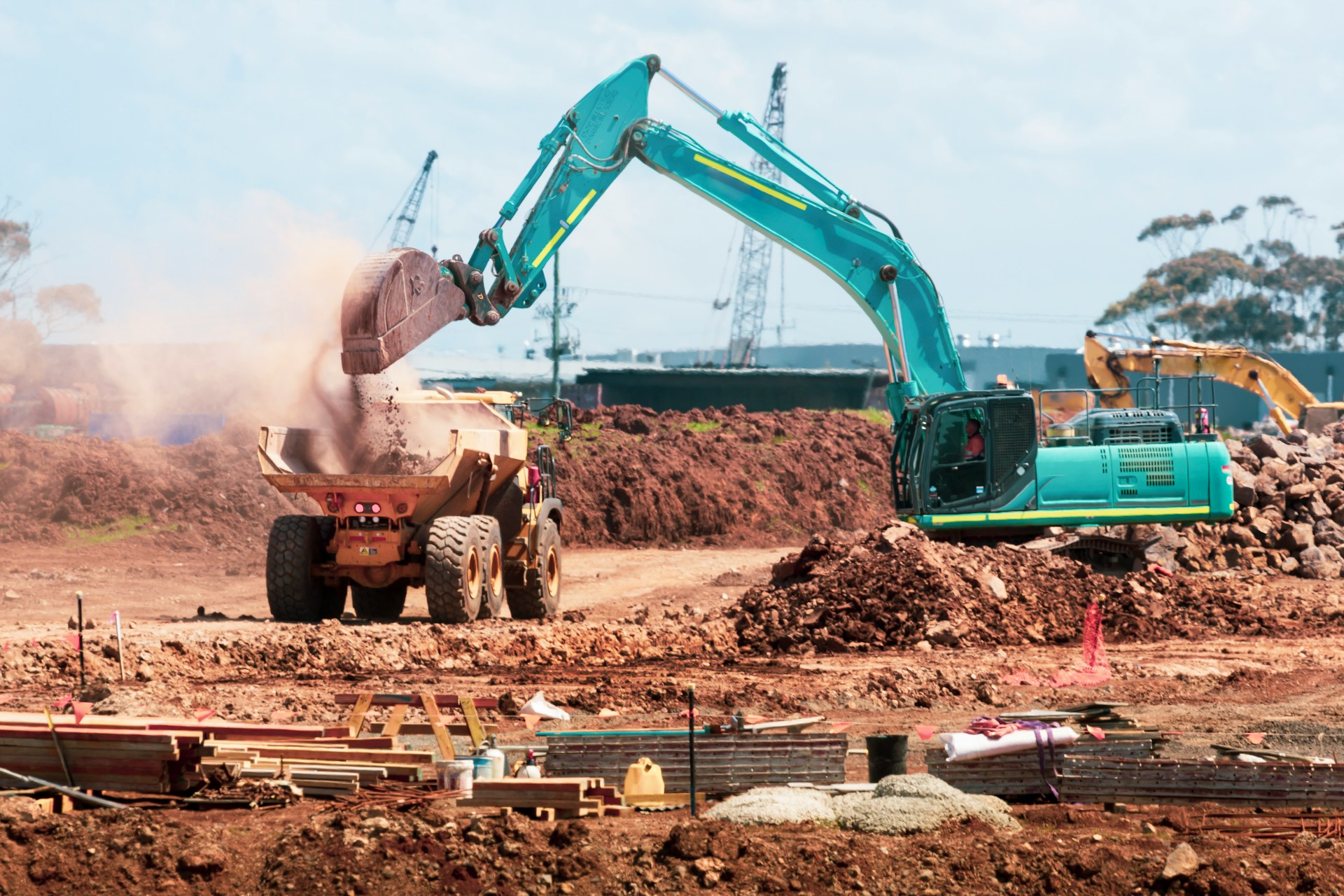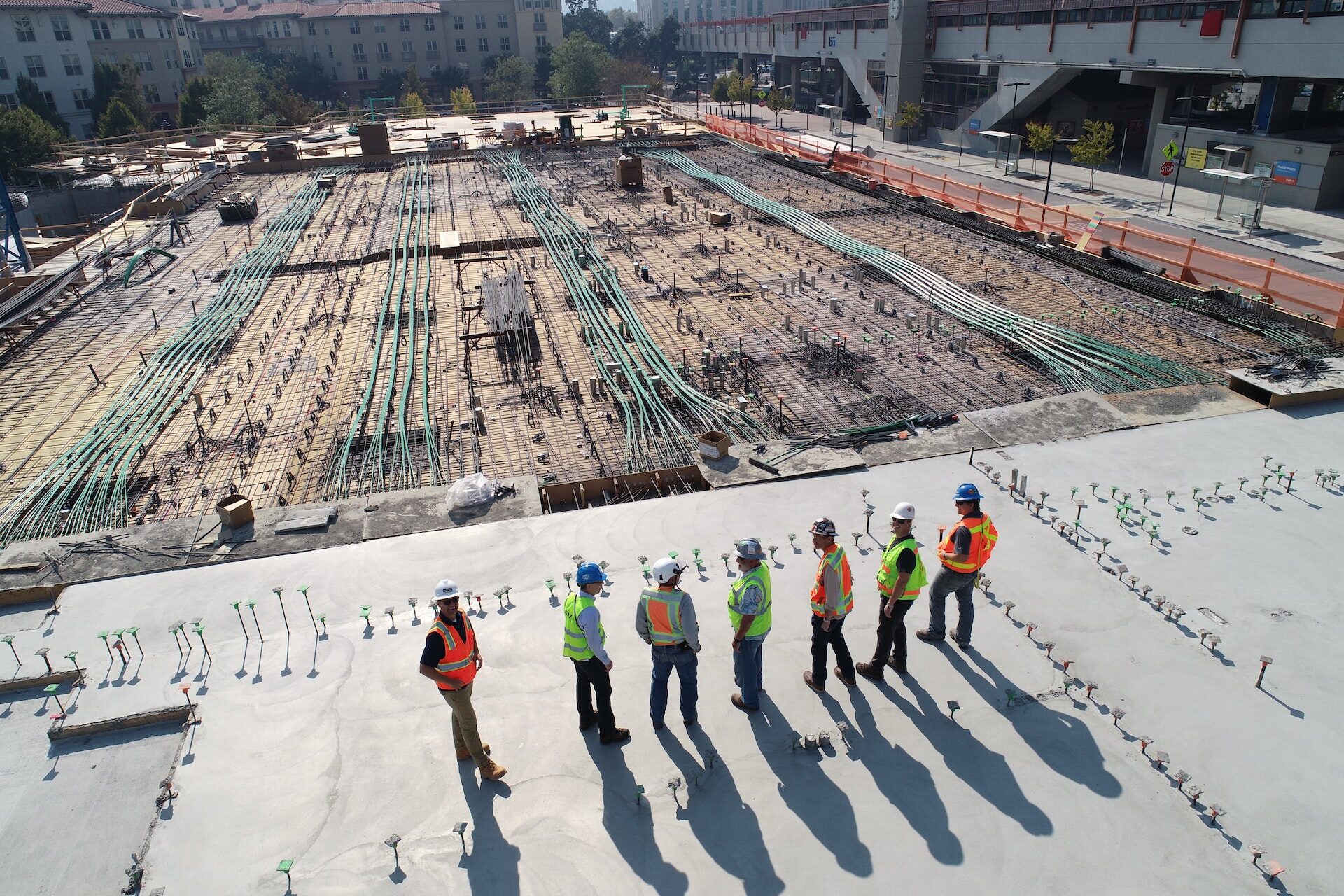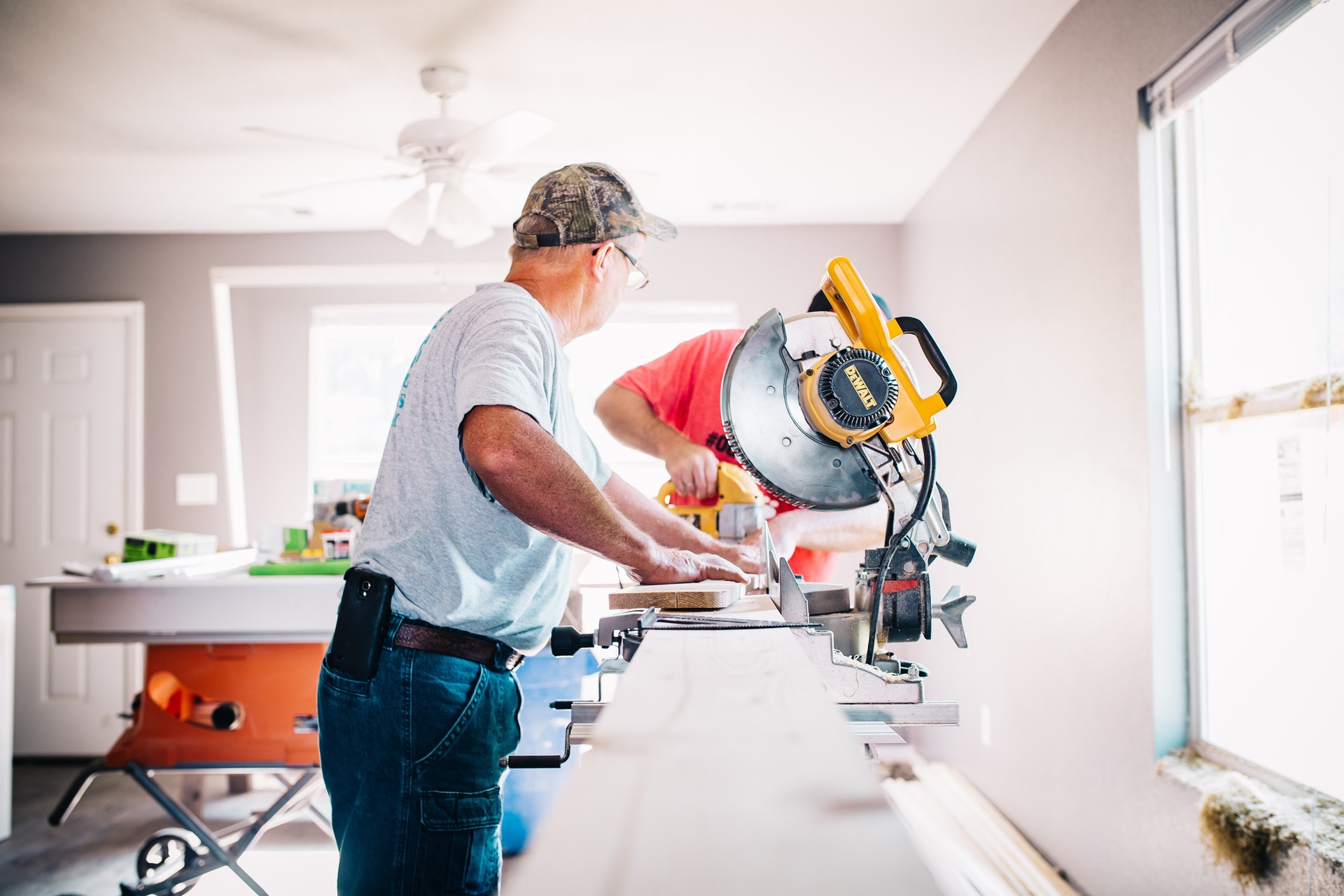
Here’s How Site Engineers Can Improve Construction Quality
March 2, 2021 - Emily Newton
Revolutionized is reader-supported. When you buy through links on our site, we may earn an affiliate commision. Learn more here.
For any project, construction quality control is essential to ensuring client satisfaction.
Good planning, quality workflows and technology can all make a significant difference during the construction process. High quality can make it easier to close out of a project and improve a site engineer’s reputation.
On the other hand, issues with construction quality can make it harder to wrap up jobs. This leads to more revisions on a given project and results in negative reviews from clients. Over time, this may make it harder to find more work and drive up costs on even simple tasks.
This is how any site engineer can improve construction quality on a job. Resources — like building information modeling (BIM) tools — can help them establish quality standards, build out workflows, and meet all client specifications.
Key Practices for Construction Quality Control and Quality Assurance
Different practices can help companies manage quality assurance and ensure each finished project’s quality during each step of the construction process.
Preplanning
Typically, good practice starts with the establishment of quality standards. These standards will be, at a minimum, a combination of client specifications and local, regional and federal building codes.
Many construction firms rely on third-party guidelines, like the ISO 9000 quality management standards or recommendations from equipment manufacturers and raw material vendors.
These standards help provide a framework for approaching the planning and execution of a job and how to manage the day-to-day practice. They can also help answer questions that may be encountered at the job site — like how progress should be documented.
Certification in third-party standards can also help improve client confidence in a firm. This may potentially lead to improved communication and more trust in its ability to self-manage quality assurance processes.
Quality Assurance Workflows & Quality Control Checks
During the planning phase, teams should create quality assurance workflows for each step of the project. These QA flows establish how workers can ensure construction quality. Plus, they include the checks inspectors should perform and when.
Quality assurance happens as the project progresses. Standards and workflows help ensure work is quality to begin with, while designated inspectors regularly check in to make sure the execution meets the client’s specifications.
Some firms stage quality checks before, during and after each phase of the construction process. Most also track project deficiencies and identify what work still needs to be done.
These lists help manage specific QA processes and work toward closeout and handoff from the very beginning of a project. If a company is working toward closeout earlier on in a project’s life, it will always have a clear idea of which specifications need to be met before construction ceases.
A specific quality assurance process that occurs while laying a foundation may involve ensuring it’s level, noting any issues and making a record of any follow up steps required to complete the floor.
Another process may involve inspecting installed HVAC systems to ensure they are compliant with local building requirements.
Different project phases typically need their own quality assurance processes. Each job has it’s own unique specifications. This means standardized quality assurance processes will need to some adjusting to fit a particular project’s specifications.
In contrast to quality assurance, quality control typically refers to a one-time event, like a check that happens after the project or some key element is completed.
This is often a final check ensuring existing construction is up to standards before workers start their next project or prepare the project for closeout. Quality control is also more likely to involve direct appraisal from the client than quality assurance.
Software for Construction Quality Management
Construction software can be a major asset for engineers improving building quality. Digital checklists can make quality assurance workflows easier to track. They can also help generate digital records that will provide instant updates to the project owner, supervisors and other job stakeholders as necessary.
These notes can help companies stage more effective QA post-mortems. If construction quality wasn’t up to standards, they can quickly review records of quality assurance workflows to find where a problem first emerged.
Many BIM tools include quality assurance features. As a result, it may be possible for you to carry out initial model design, collaborate with the project owner, and build QA workflows with just one solution.
Firms with a significant budget can also invest in cutting-edge tech to further enhance quality. For example, new construction robotics can 3D print structures, ensuring tight adherence to project specifications. These robots can also help reduce material waste — with additive manufacturing, they won’t need to cut away material to build, helping conserve resources.
Best Practices for Punchlists and Checklists
How you structure your lists can have a major impact on the effectiveness of your QA flows. For example, many firms will start with the project specifications when building their punchlists.
It’s possible to effectively reproduce the specifications when creating a checklist, but this will likely produce an extensive list that’s difficult to manage in practice. The more complex your list, the more likely it is that list elements will be overlooked, making the practice less useful.
Design practices that make lists more usable can help you manage them in day-to-day work.
List items should be as concise as possible. Keep the list to a manageable size. Prioritizing the most common construction issues when building a punchlist, for example, can help you keep your list brief.
You should also ensure that your lists provide room for data relevant to each checkpoint. Notes, images, and qualitative data are often more useful than a checkbox that signals if a task is complete, or if a test was passed or failed.
Checklist software — and many BIM tools — can help you manage this data. It can also help you pass on relevant notes and site images to project stakeholders.
Additional Strategies and Techniques to Improve Construction Quality
There are also several best practices that can help improve construction quality and meet all necessary specifications.
For example, knowing how to avoid scope creep can help ensure quality. This is often a slow process that occurs as small changes or decisions build up during construction.
A client might be tempted to expand the project’s scope if it’s below budget or moving faster than expected. Scope creep may also occur if the initial specifications for a project aren’t clear. Over time, on-the-fly decisions about how to handle construction can make a project a much bigger endeavor.
It’s important to stay in close communication with project owners to identify when work has expanded significantly from its initial specifications. Aiming for specificity during preplanning and initial project discussions can also help avoid scope creep.
Choice of vendors can also make a significant difference in construction quality.
A reliable vendor is likely to communicate about potential delays or issues with materials and equipment ahead of time. A less reliable or experienced one may not. Building a rapport and regularly discussing the status of materials can help managers better plan for delays or similar problems.
If there’s concern about a firm’s ability to manage quality assurance, officials may want to work with a third-party auditor. They can provide additional perspective about work. They’re also likely to have all the tools, equipment and technology necessary to conduct safety tests and quality control checks.
Improving Quality in Every Phase of the Construction Process
Striving for quality can make it much easier to finish projects, keep jobs within budget and ensure client satisfaction. Quality assurance processes are one of the best ways to make sure quality is top-of-mind throughout the construction process.
The right combination of checks, inspections, workflows and technology can help ensure that all work moves a job toward closeout and keeps construction within client specifications and local building standards.
Revolutionized is reader-supported. When you buy through links on our site, we may earn an affiliate commision. Learn more here.
Author
Emily Newton
Emily Newton is a technology and industrial journalist and the Editor in Chief of Revolutionized. She manages the sites publishing schedule, SEO optimization and content strategy. Emily enjoys writing and researching articles about how technology is changing every industry. When she isn't working, Emily enjoys playing video games or curling up with a good book.




